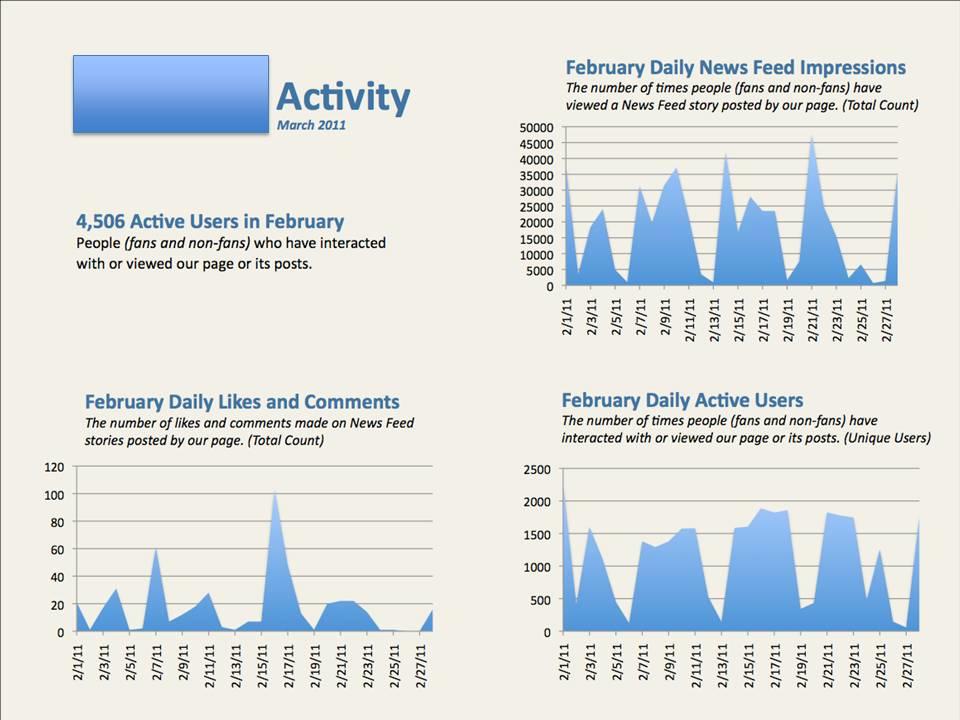Blogrige
The Official Baldrige Blog

After it received the Malcolm Baldrige National Quality Award in 2004, Monfort College of Business' freshmen applications went up 30%, said Mike Leonard, director of external relations. But staying connected to and engaged with these potential new students, as well as current students, families, alumni, and other stakeholders, are not as simple as sending out paper news releases and letters anymore, he said at the 23rd annual Quest for Excellence Conference. Monfort turned to interactive social media to drive future students to its admissions page, show life at the college, and promote its community.
The University of Wisconsin-Stout, a 2001 Baldrige Award recipient, also has connected students and stakeholders through social media, said Douglas Mell, executive director of communications and external relations, reporting that use of one social media outlet alone led to 134 new freshmen applications. "We use every method that we know to connect with students in a virtual environment," Mell said. "The old ways of sending out paper aren't enough anymore."
Since it began with social media in January 2010, Monfort has increased its total subscribers in January 2011 to more than 1,500; not bad for a college of just 1,030 students. In 2010–2011, freshman applications were up 20% from 2009. UW-Stout also has tracked social media activity, increasing from about 2,600 fans/friends in July 2009 to more than 6,000 in January 2011. It has tracked news feed impressions, daily likes and comments, and daily active users to measure which content resonates most with students. For example, Mell said when the Wisconsin Governor released his budget in February 2011, students turned in great numbers to the UW-Stout social media sites to discuss and comment.
UW-Stout uses social media to advertise, chat, and interact with students about college fairs and other events, offer topical message boards, allow students to set up their own profiles, share athletic information and conversations, and stay in touch with alumni and families. Mell said the university expected its largest social media demographic to be 13 to 24 year olds but has found its efforts dominated by 25 to 44 year olds. He said to a very large extent alumni are engaging in social media and so are families, including grandparents, who want to connect with their college-age children and grandchildren.
Leonard said it would be a mistake to see social media as just a dissemination vehicle. "It's got to have an interactive component." Monfort College uses social media to begin conversations with both current and potential students, ask questions and invite responses, offer photo contests to depict student life, support events, offer polls to gather student input on such subjects as the best place to study and the best study methods, and gather advice for incoming freshmen. The college also uses social media to engage or re-engage with alumni, including offering alumni information on jobs, mentoring, and donating.
The Education Criteria for Performance Excellence, on which both Monfort College and UW-Stout's Baldrige Awards are based, encourages education organizations to use social media to gather the voice of the customer: those stated, unstated, and anticipated student and stakeholder requirements, expectations, and desires. "Listening to the voice of the customer might include gathering and integrating various types of student and stakeholder data, such as survey data, focus group findings, blog comments and other social media data, and complaint data that affect students’ and stakeholders’ enrollment and engagement decisions," reads the 2011–2012 Education Criteria. Social media is a rather new concept to the Criteria, and education organizations are asked to consider how social media can be used as a mode of gathering insight into students’ and stakeholders’ perceptions of all aspects of their involvement with the organizations.
Leonard's word of caution, however, for using social media is that "it's a busy medium, and you have to stay on top of it to keep the content current, active, and vibrant."
Jerry Poling, assistant director of university communications at UW-Stout, said the university strives to keep its social media activities active and current, posting new content five to six times a day; the intent is to post exclusive content, not just the same content found in press releases.
What are your ideas for how organizations in general can use social media to engage with customers (including students and patients) and stakeholders? How might the Criteria for Performance Excellence continue to provide a framework and considerations for this voice of the customer process? What do you think?





